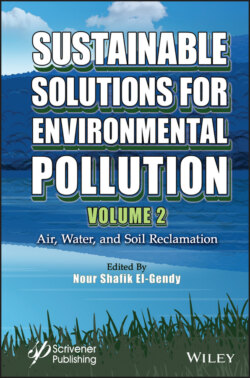Читать книгу Sustainable Solutions for Environmental Pollution, Volume 2 - Группа авторов - Страница 15
1.2.2 Self-Purification
ОглавлениеSelf-purification is a natural biogeochemical process occurring in any ecosystem, and leading to elimination or assimilation of OM, mineral nutrients, or other pollutants by the natural activity of its resident biological communities (Namour, 1999; Marmonier et al., 2012). It is particularly active in the river underflow (hyporheic zone) where large contact surfaces develop and a redox gradient naturally installs (Namour, 1999; Namour and Le Pimpec, 2001). Its effectiveness depends on several factors such as the amount and toxicity of the contaminant, its ability to be degraded or “biodegradability” according to the surrounding physical-chemical conditions.
Biodegradability is the ability of substances to be decomposed into simple chemical elements, by the enzymatic activity of living organisms, mainly microorganisms. In fact, biodegradation is a dynamic balance between more or less complex chemical structures of varying resistance (more or less biodegradable), and the action of physical-chemical and biological agents. The quality and quantity of OM present and the existence of specific enzymes dictate the nature and intensity of biodegradation. Thus, biopolymers such as lignins or geopolymers such as humic substances are refractory to biodegradation due to the absence of specific degradation enzymes and require the prior intervention of redox enzymes that produce free radicals capable of opening aromatic cycles (Lipczynska-Kochany, 2018).
